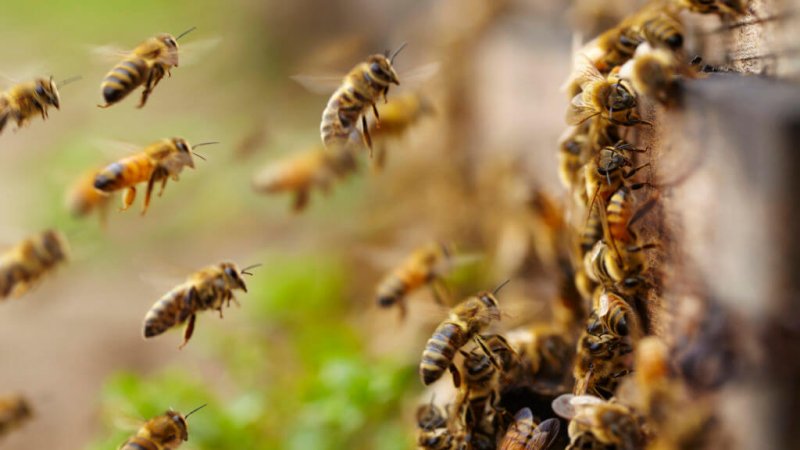New research suggests the removal of timber harvest residue during harvesting may be a boon for wild bees, an important step toward better understanding the planet’s top group of pollinators.
The findings are important because bees are the driving force behind $100 billion in global economic impact each year, with insect pollinators enhancing the reproduction of 90 percent of the Earth’s flowering plants, including many food crops.
…
Researchers at Oregon State University spent two years studying 28 contiguous 1-acre clearcut sites. They assessed whether the abundance and diversity of wild bees was affected by the removal of timber harvest residue, also known as slash, and the soil compaction that goes along with it.
…
“The combination of the most intense timber residue removal and soil compaction treatment made for the greatest number and diversity of bees,” said Jim Rivers of the OSU College of Forestry.
Over the two years of the study, scientists collected more than 7,500 bee specimens representing 92 distinct species of wild bees from five of the seven bee families. The number of trapped bees tripled from year one to year two despite identical sampling techniques.
Read full, original article: Logging site slash removal may be boon for wild bees in managed forests































